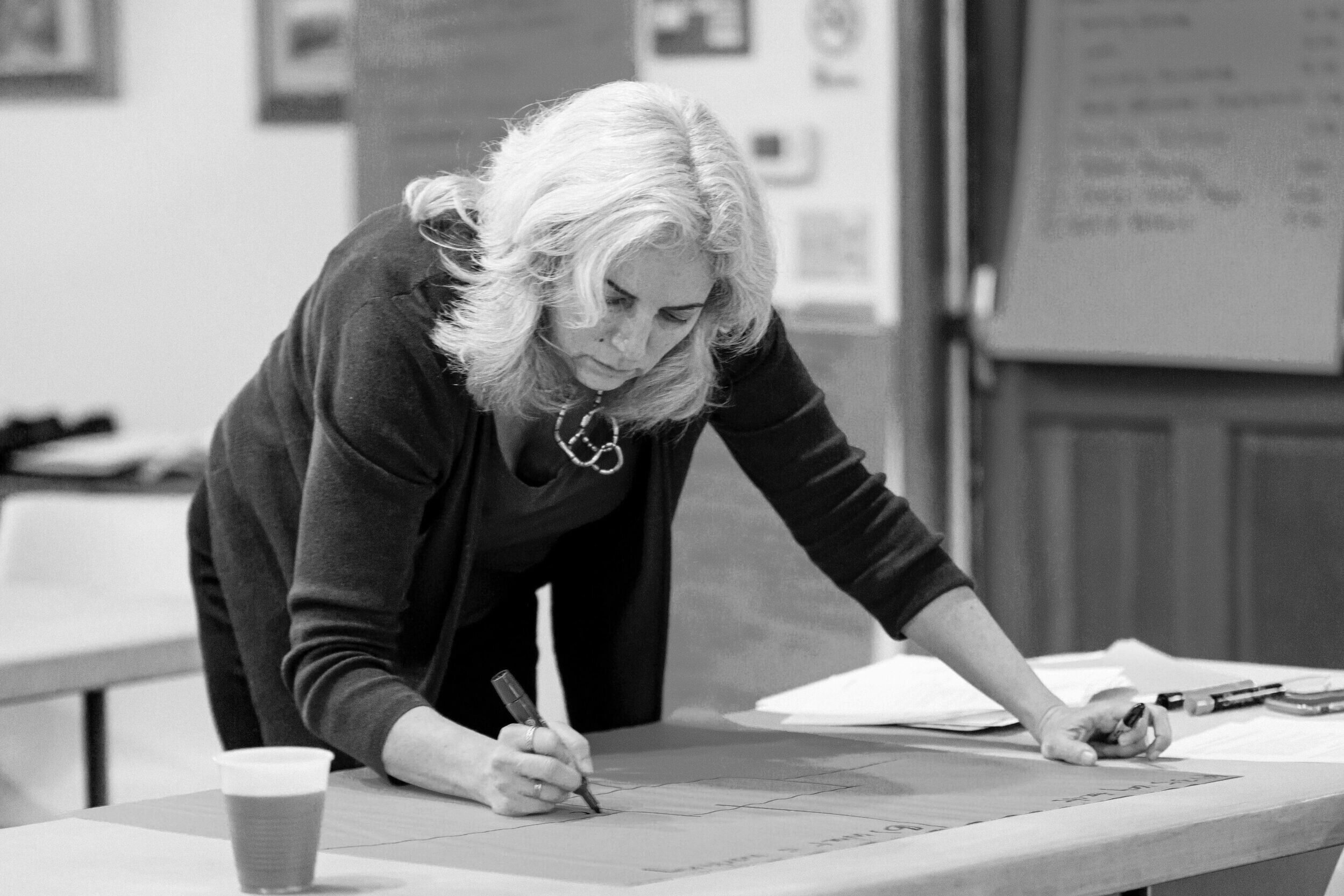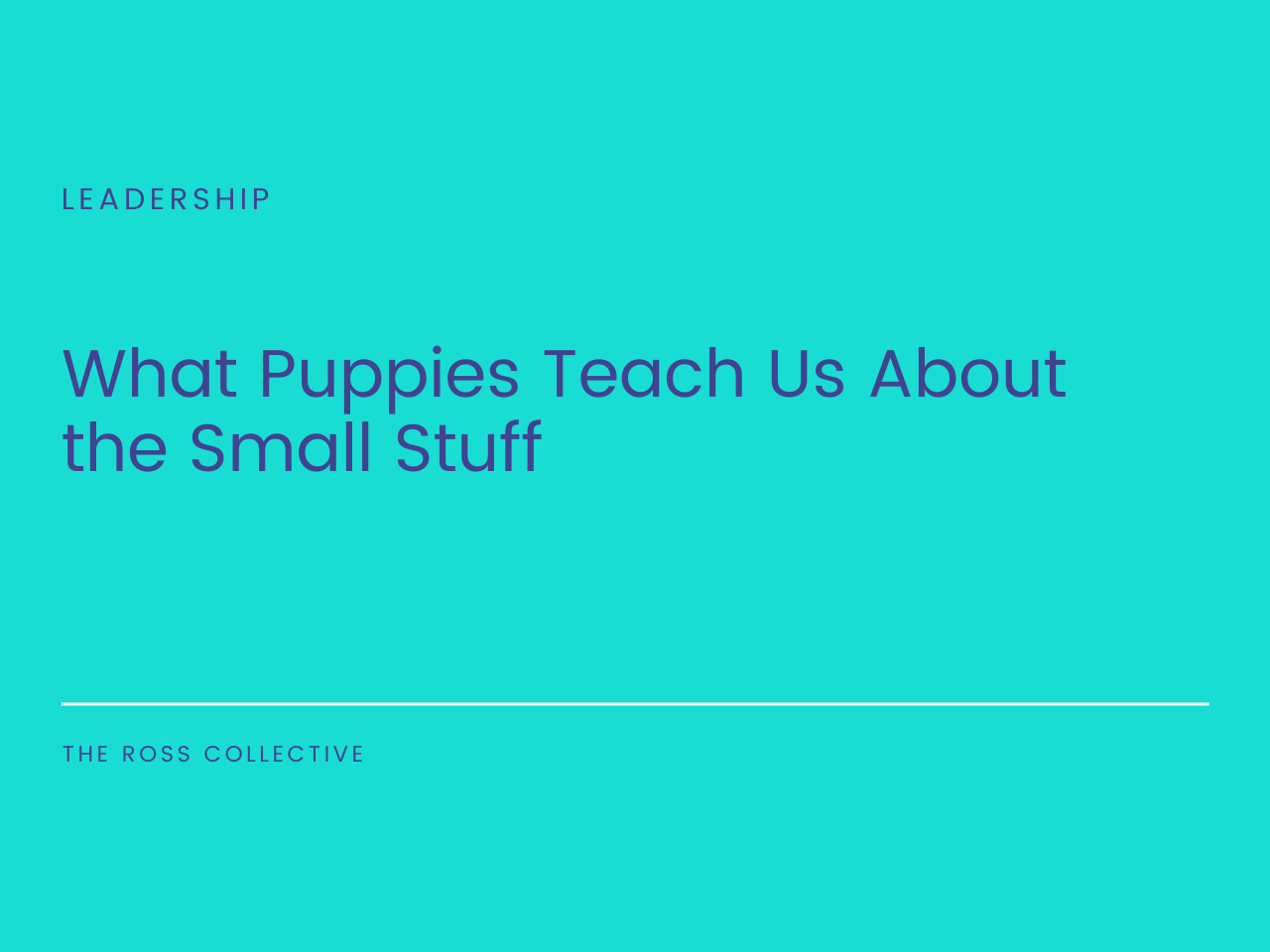
Open Questions: The Ross Collective Blog
Sharing insights and stories on nonprofit strategy, racial equity and leadership

How Saying Goodbye Helps Us to Say Hello
Change is scary. But when we look it right in the eye, we are more open to new people and experiences:
This past Spring, our neighbor Nicole let us know that she and her family would be moving away from our community. I asked Nicole if she planned to have a goodbye gathering before she left. “Nah,” she replied, “We don’t like to make a big deal of leaving. We’ll probably pack our stuff and ‘sneak out the back door’ without too much fanfare.”

How to find treasures hidden in plain sight
This summer, I tried a loquat for the first time: A friend gave me some loquats from a neighborhood tree. They were delicious – a cross between an apple, pear and apricot, with a sweet and slightly tart flavor.
Afterwards, I noticed what appeared to be loquats on the ground around the corner from our home. I decided to risk eating one. If I lived, they were probably loquats! I ate the fruit, it was delicious, and there were no harmful effects. Every time I walked by the tree, I brought home a stash of just-fallen loquats.

What puppies teach us about the small stuff
We tend to think that big, innovative ideas and strategic thinking are the most important elements of success. But often smaller details have just as much impact:
Our new puppy Hans, who arrived at our home a few months ago, reminds us every day of the power of acting positively and openly.

How Vulnerability Leads to Connection and Fundraising
I recently watched the movie Wonder with my family. It struck a nerve from my childhood. I found myself sobbing as I viewed the main character’s experience of bullying and exclusion in the school lunchroom.
I sobbed because I strongly related, as the movie brought me back to those experiences of being left out and bullied at his age.
Yet I almost didn’t share that in this post because I felt too vulnerable.
How five minutes invested upfront leads to hours of productivity
Meeting agreements help participants to better listen to and learn from one another

What should your nonprofit resolve to do in 2018?
I recently facilitated several conversations with staff and board members from Bay Area nonprofit organization about the results of the impact capacity assessment tool (iCAT). The iCAT measures the health of a nonprofit in six core areas: managing, planning, learning, leading, overseeing and generating. Staff and board members take an online survey that asks about perceptions of the organization in these areas. The iCAT converts this data into a report on organizational strengths and weaknesses and recommendations effective next steps.
Why I’m NOT resolving to read more books this year
From all sides, we’re urged to set reading goals for 2018 and read more books.
Each time I hear this message, I think, “No!”
I read many books yearly. I have my chaotic, non-linear process down to a science: Friends or colleagues tell me about a book or it is mentioned in a newspaper article or blog post. I request the book at the library, read it, add it to my goodreads collection and pull the next one off my nightstand.

What to do before writing a grant proposal
Recently I presented a workshop on grant proposal writing at the Dress for Success Affiliate Leadership Conference in San Francisco.
Dress for Success (DFS) has a reputation as a place to pass on professional clothing. Their work goes beyond giving professional clothing a second life: DFS is an international organization that empowers women to achieve economic independence by providing a network of support, professional attire and the development tools to help women thrive in work and in life.

Following the recipe
A fragrant chocolate odor emanated from our kitchen. Finally, I could relax. It had been a sprint to prepare our regular dinner in addition to the chocolate cake for my husband’s birthday. Our young daughters helped me to assemble the cake. I loved having them as sous chefs, although I could get distracted managing them and following a recipe.
The cake would take an hour to bake. Thirty minutes in, I checked on the cake. I opened the oven door, expecting to find a slowly rising chocolate mass. Instead, something dark was bubbling. It was not a solid, it was a liquid. What was going on?

Nonprofits: Speak Up Right Now
Two weeks ago marked a moment of stunning political upset in American politics. Many of us are moving through the stages of grief: sadness, shock, anger and denial.
As I have processed my own emotions with friends, colleagues, and community members, I’ve thought a lot of about how we should be reacting, as individuals. And how nonprofit organizations should react.

How valuable are online, asynchronous courses? Four ideas to consider
We are at moment of learning overload. Many sites offer free or fairly low cost learning opportunities. How do we evaluate the value of these opportunities against our own time and money, which is our most valuable resource? Based on my knowledge of learning processes, here are some considerations.

Four Ways to Transition Back from Vacation
Our family just returned from nine relaxing and energizing days away. Our older daughter was happy to see her toys and stuffed animals again, but she kept saying, “something feels funny. I don’t know what it is, but something feels funny.” This morning, our younger daughter stood at the front door and said, “I don’t want to go to camp.” And as I fired up my computer, something did feel funny.
This time of year especially, we hear a lot of about the benefits of taking a vacation. Clearing our minds with a change of scene makes us more productive when we return to work. But we hear less about moving through those transitional days back into our routine.

What blocks us—as people and organizations?
This month, I attended a two day workshop on Strategic Planning Facilitation using Technology of Participation (TOP) methods. TOP facilitation methods are inclusive, surface thinking, draw out the wisdom of the group and build collective engagement and buy-in. In using TOP facilitation methods to lead groups over the past few months, I have honestly been little bit awed by their effectiveness: Group members participate, they see that their opinions and perspectives matter, and the group comes together in inspiring and powerful ways that move work forward.
